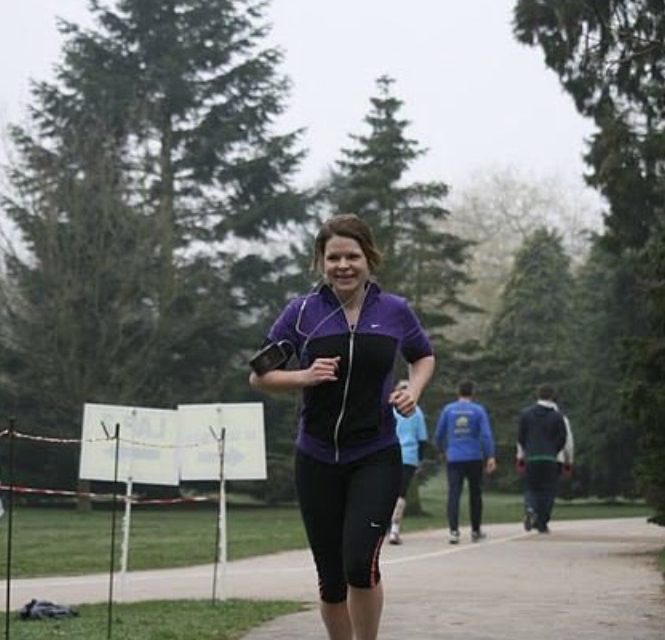This is a collaborative post
Having recently completed the
couch to 5k programme and now running on average 25km a week I recently invested in a new pair of athletic running shoes to ensure I look after my body whilst maintaining a good level of physical exercise.
The amount of choices available can be quite intimidating to those on the hunt for the perfect pair of athletic / running shoes. Many shoe stores rely on having well-trained staff who can answer all questions you may have about the right shoe for you, but having a decent knowledge of what to expect from a shoe will save you a lot of trouble. Doing your homework will save you the legwork, so to speak! 🙂
The Difference Between Walking and Running Shoes
While they have many things in common, there are some slight but important differences in the function fulfilled by these kinds of shoes. As with any shoe, you want the optimum support, breathability, and padding to keep your feet comfortable during these activities – so what’s the difference?
The type of flexibility the shoe offers is the factor that sets these types of shoes apart.
Walking Nike shoes should give decent flexibility around the back of the foot, whereas it is
important for running shoes to provide greater movement around the middle of the foot.
These Shoes Were Made For Walking
…and if you pick the right kind, that’s just what they’ll do!
The ideal walking shoe should give you a greater sense of movement across the front part of your foot, with more support across the arch. No-one wants to be weighed down while walking, so look out for a pair that is light and cushioned but offers enough support all around the foot. An excellent hack for
walking nike shoes is that your heel and the
ball of your foot should be at an equal level in the shoe (which is why you don’t see too many high-heeled shoes on hiking trails!).
Just keep running
Because the impact to the feet is greater during
running, adequate cushioning across the heel is vital. You might have seen that running nike shoes incorporate a lot of mesh fabric, as it is useful for ventilation and cooling to counteract the body heat generated by running.
Pronation
If you have low arches, and as a result, flatter feet, you might be prone to over-pronation, which puts you at risk for injury. But it is not a cause for concern. In fact, it is a very common condition, easily remedied by a shoe with customised support, firmness and steadiness. However, more wear and tear around the outside edge of your shoes could indicate high arches, which often have under-pronation, or the outward rolling of feet, as a result. Shoes with more pronounced soles can offer the support your arches need to keep the pressure off your toes and ankles.
Make It Fit
To prevent injury to your feet, spine or alignment, a good pair of shoes goes a long way. For the best fit, buy your shoes at the end of the day, when your feet are naturally swollen, to prevent a too-small shoe from pinching later in the day. Make sure your toes have enough space, and that you can comfortably walk or run in the shoes when you try them on.
Related


